December 11, 2017
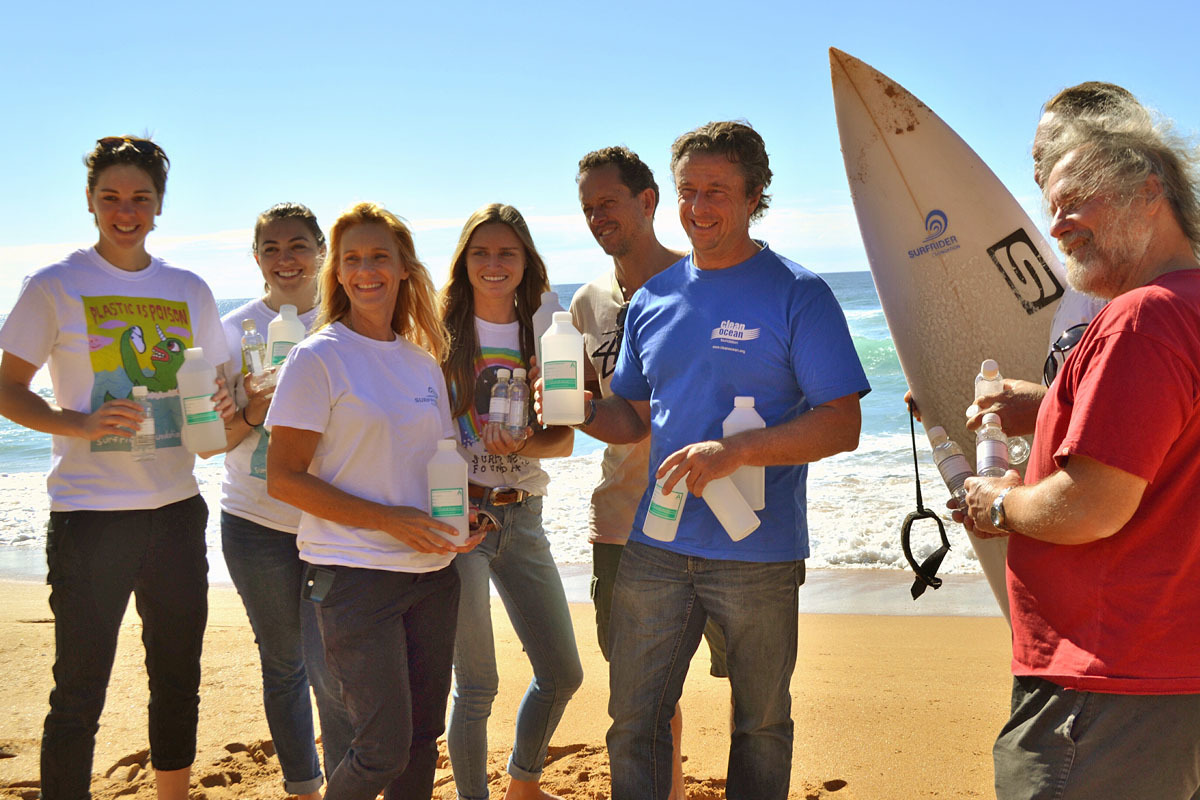

Sydney and Gold Coast community groups have been working with the Marine Biodiversity Hub to develop ‘citizen science’ protocols for water-quality monitoring near ocean outfalls.
The pilot studies are part of the Hub’s National Outfall Database (NOD) project which is compiling the first comprehensive online view of ocean outfalls around Australia.
Project leader John Gemmill of the Clean Ocean Foundation says the pilot studies show that community groups trained in scientific sampling techniques can monitor changes in water quality that may affect the health of recreational water users.
In North Sydney, members of Surfrider Northern Beaches joined the pilot study because they were keen to investigate water quality at Warriewood and Turimetta beaches north and south of the Warriewood outfall.
Working with Dr Gemmill and project technical advisor John Cumming, the surfers devised a practical, beach-based sampling toolkit that combines a surfboard, a backpack, ice and an Eski.
They completed three months of baseline monitoring, and targeted sampling after a bypass event: when heavy rainfall and stormwater runoff exceeded the capacity of Warriewood treatment plant, leading to the discharge of partially treated sewage by Sydney Water.
‘Bypass events such as these occur five to six times a year at Warriewood and are a concern for surfers,’ Dr Gemmill said. ‘Thanks to their training, they were able to respond quickly and collect water samples in areas where they use the water.
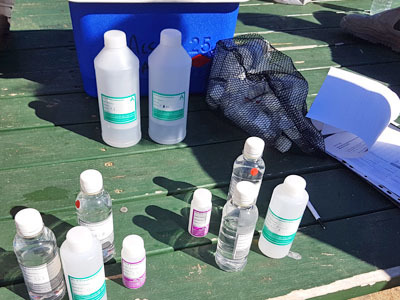
‘The sampling found E. coli above recommended levels at the Warriewood surfing zone, and through the process the surfers can now start to identify situations where there may be a health risk. It’s also helped us to understand priority issues related to ocean outfalls.’
Encouraged by the Griffith University Griffith Centre for Coastal Management, Gold Coast volunteer group Ocean Connect also took up the challenge of water quality monitoring.
The group expanded its established program of monitoring at Gold Coast mangrove ecosystems to collect water samples upstream and downstream of the Elanora wastewater discharge, and at a control site. These discharges occurred historically but with upgrades over several decades rarely occur except in extreme weather events such as Ex Tropical Cyclone Debbie.
Total phosphorus levels at all three sites were above levels expected for a pristine environment. This coincided with an observed increase in algae growth on mangroves near the discharge site, which is often suggestive of higher than normal nutrient levels.
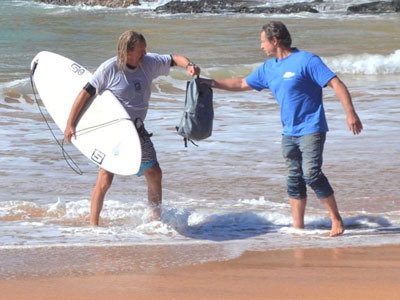
‘The monitoring ‘templates’ can now be used elsewhere on Australia’s coastline to gather data that give us good picture of how land-based activities affect our beaches,’ Dr Gemmill says.
The NOD website is undergoing a second phase of development with an updated version due for release early in 2018.
This video explains more about the National Outfall Database, an initiative supported by the Hub to empower citizen science communities to monitor their local ocean outfalls.
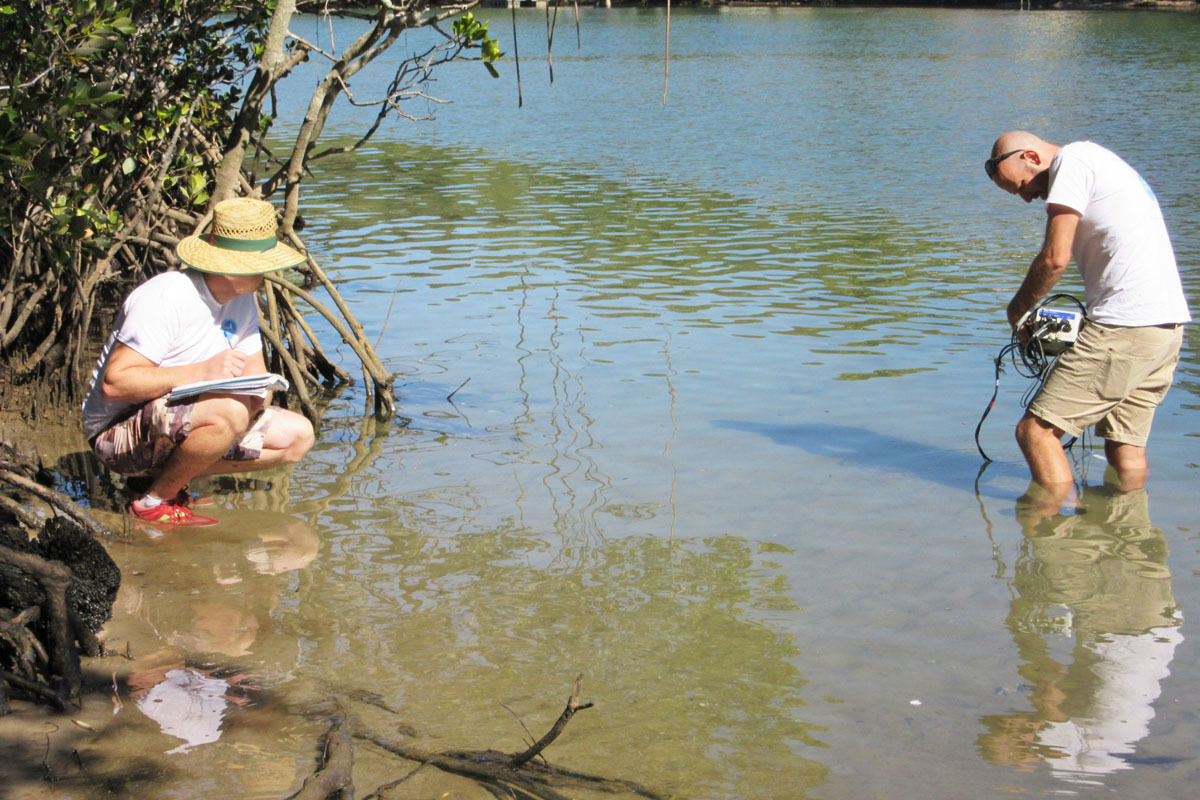
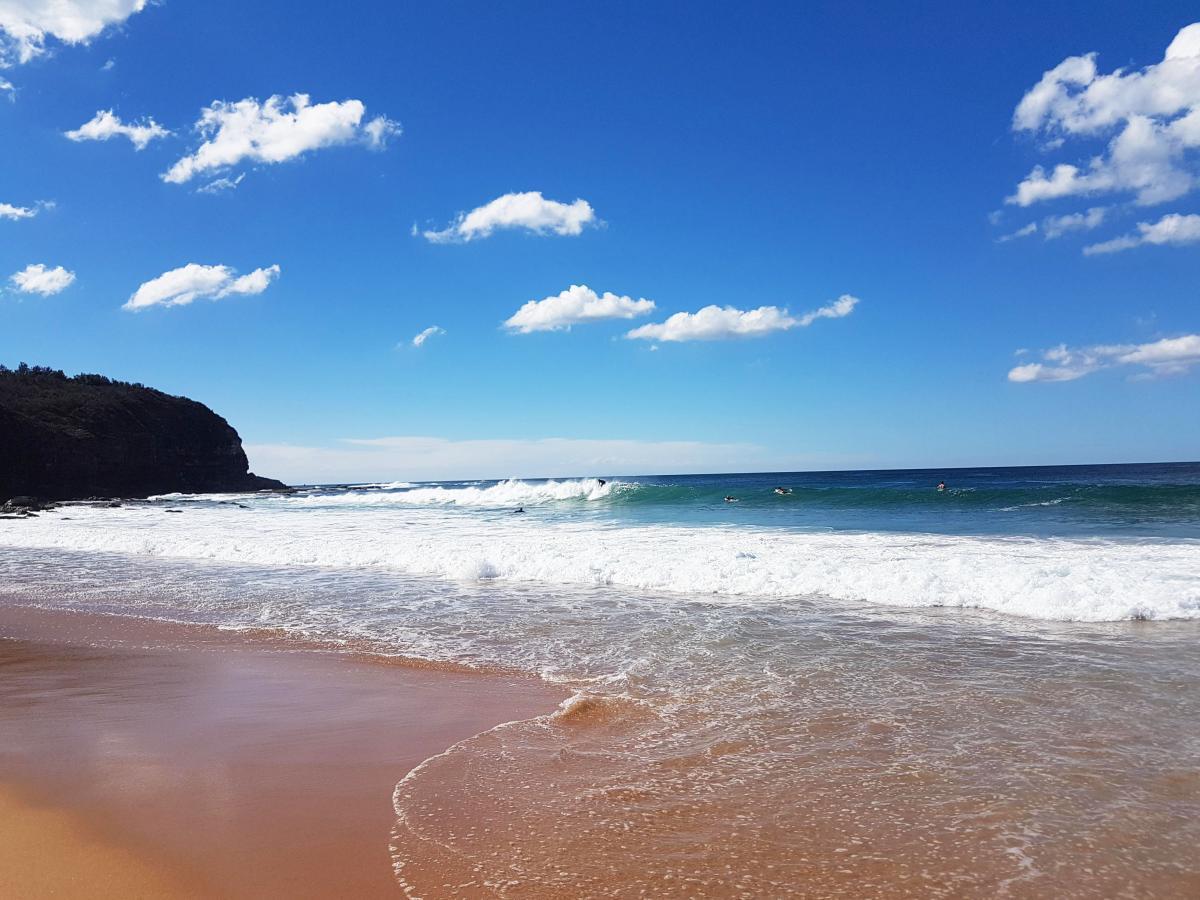
Related information
- Warriewood monitoring summary
- First national snapshot of wastewater discharged to Australia's oceans
- Log in to post comments
